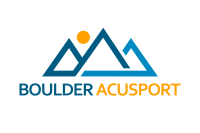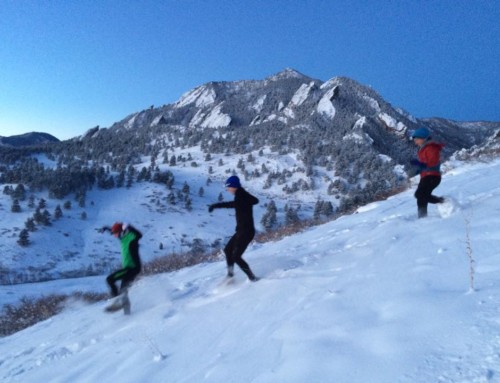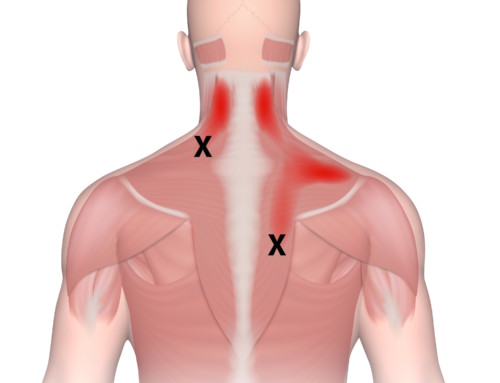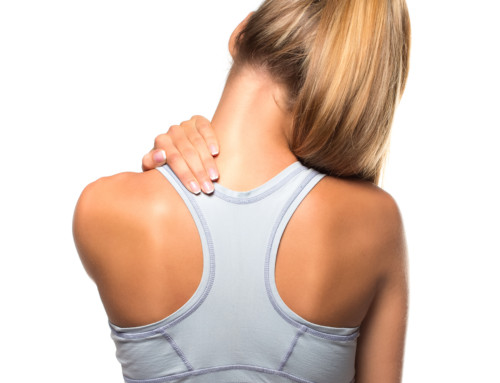The Repetitive Nature Of Distance Running Almost Guarantees Overuse Injuries.

Unless you are proactively working to correct the imbalances precipitated by a daily onslaught of unvaried movement, at some point you will probably succumb to injury. Instead of waiting around for their ailments to heal, runners are increasingly turning to acupuncture to speed recovery and prevent future injuries. Acupuncture is incredibly effective at speeding the healing of common running injuries like plantar fasciitis, iliotibial band syndrome, and shin splints. When combined with strength and mobility work, acupuncture is also one of the best ways to address the root causes of these imbalances, making you a stronger and more resilient runner.
Here is how acupuncture addresses the five most common causes of running injuries:
1. Lazy butt syndrome
The problem
Runners are notorious for having inactive lateral glutes, the muscles that provide stability to the pelvis as you move forward. When these muscles don’t engage, your femur rotates inward and your hip collapses. This excessive motion in the pelvis increases instability in your knees, ankles, and feet. Unstable levers cannot tolerate high loads in either intensity or volume, so they tend to get injured. Runners are especially prone to this particular imbalance because they often focus on training the muscles that drive them forward—for example, the quads and calves—and not the smaller muscles that stabilize the pelvis.
How acupuncture helps
A single acupuncture treatment can activate your glute muscles, restoring the connection between your brain and your butt. This allows you to maintain the hip stability required for an injury-resilient running form.
2. Kinetic chain imbalances
The problem
The repetitive stress of running is transferred along lines of fascia, a type of connective tissue that links together every cell in the body. Runners often hold excess tension in the back fascial line (Achilles, calves, hamstrings, and paraspinals) and lateral fascial line (peroneals, iliotibial band, and tensor fascia latae).Injuries occur along the weakest points of these lines, but the problem actually originates above or below the site of pain. For example, your Achilles is sore because of a hypertonic calf and hamstring.
How acupuncture helps
Whether you call them meridians, fascial trains, or kinetic chains, acupuncture has an effect on entire lines of pull in the body. By releasing adhesions and trigger points along these fascial chains, acupuncture corrects the imbalances causing your injury. You will feel the change immediately. A single needle in your hip will illicit a noticeable release all the way down your leg and into your foot.
3. Inflammation
The problem
Many overuse injuries involve localized pockets of inflammation that cause pain and impair function. Acute inflammation is a good thing—the swelling and increased blood flow are necessary for healing. However, improper biomechanics, overtraining, poor diet, and stress impair the body’s ability to fully recover. Inflammation persists longer than it should, often becoming “stuck” around the sheath of the Achilles tendon, in the joint spaces of the knee and ankle, or behind the insertion of the iliotibial band.
How acupuncture helps
Acupuncture is effective for these types of injuries because the hair-thin needles can reach pockets of inflammation with a precision that no other modality matches. Acupuncture resolves any lingering inflammation, enabling your body to complete the healing process and restore full strength, mobility, and function to the injured tissue. Not only can acupuncture resolve acute inflammation, but it also has an anti-inflammatory effect on the entire body. This causes a reduction in systemic inflammation and allows you to develop a healthier inflammatory response.
4. Tendon dysfunction
The problem
Runners often injure tendons because they increase their training loads too quickly. Connective tissues like tendons have a relatively poor blood supply and thus adapt at a much slower rate than muscles do. Tendons are comprised of collagen fibers aligned in a specific direction in order to handle a specific stress. When we overload our tendons by running too many miles with poor biomechanics, the fibers become jumbled and stuck together, and scar tissue forms.
How acupuncture helps
Acupuncture is especially powerful in treating tendon injuries because needles bring circulation to areas with an otherwise limited blood supply. In particular, electroacupuncture, a combination of acupuncture and electro-stimulation, has been shown to increase the diameter, reorganization, and strength of a tendon’s collagen fibers. Acupuncture also releases the excessive tension in muscles and fascia that are overloading the tendon in the first place. There is actually an acupuncture point specifically for promoting the health of tendons throughout your entire body.
5. Overtraining
The problem
Runners don’t like to hear this, but there is such a thing as running too much. If you are perpetually stressing the body faster than it can recover, you may develop symptoms of overtraining—fatigue, a depleted immune system, lack of concentration, poor sleep, and an inability to recover from workouts. Extreme cases of this may lead to overtraining syndrome, which is a serious condition characterized by chronically elevated heart rate, chronic fatigue, insomnia, and depression. Your nervous system is essentially stuck in sympathetic overdrive (fight or flight), making you unable to relax, sleep, or properly recover.
How acupuncture helps
If you train hard, you need to rest harder. Acupuncture is one of the most effective ways to activate your parasympathetic nervous system—the part that allows you to rest, digest, and heal—helping you to relax fully and sleep deeply. If you are a competitive athlete flirting with the line of overtraining, regular acupuncture is essential to ensure that your recovery is just as high quality as your workouts.




